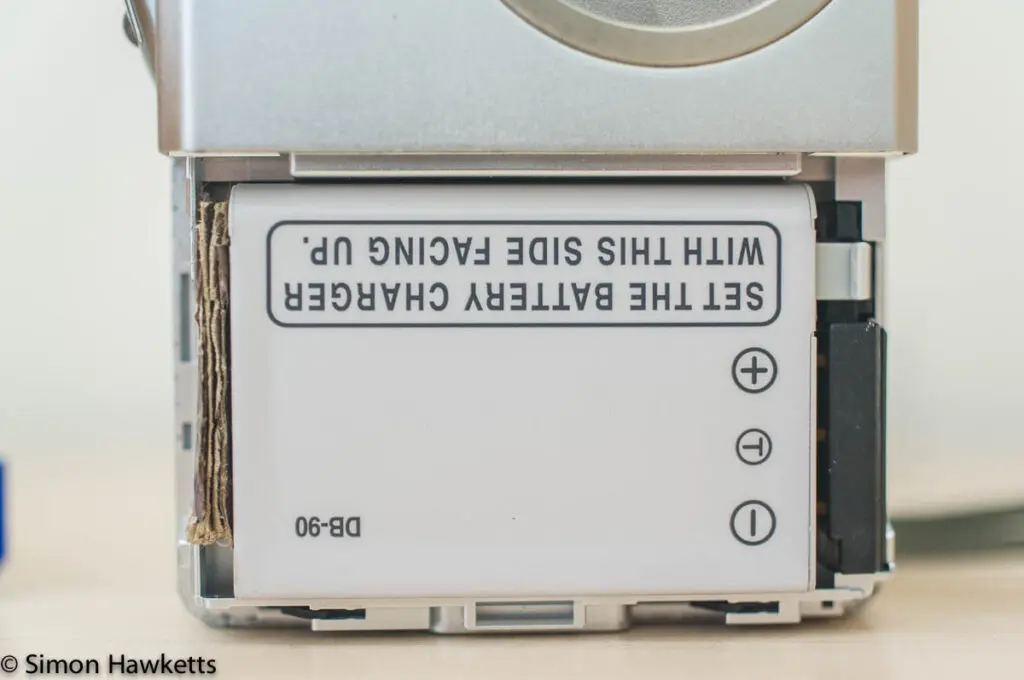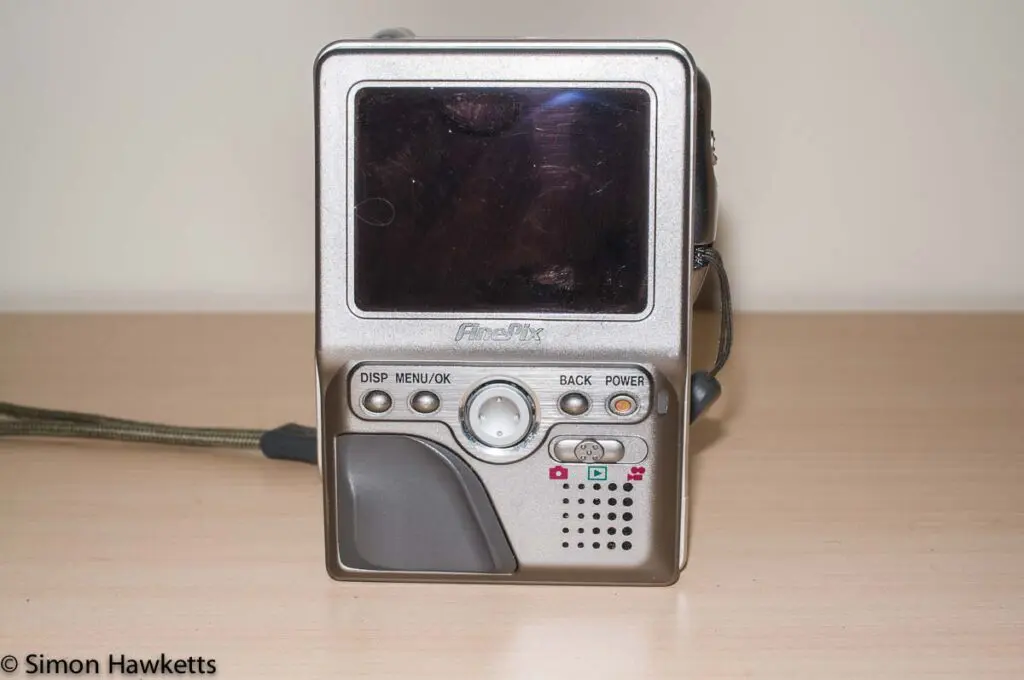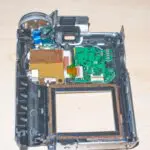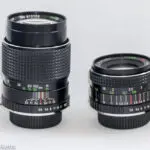This post is going to look at the Fuji Finepix M603 digital compact camera, which is one of the later models in a series of finepix digital cameras from Fuji with a distinctive, Portrait oriented design.
Photos of the Finepix M603
The gallery below shows some photos of the Finepix M603 digital camera.
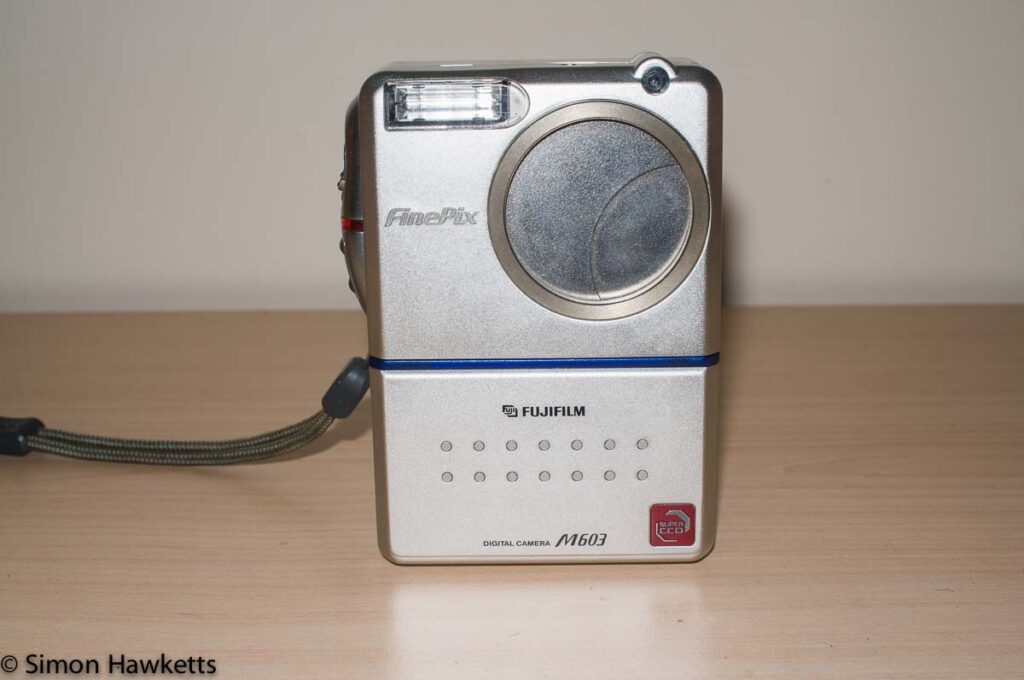

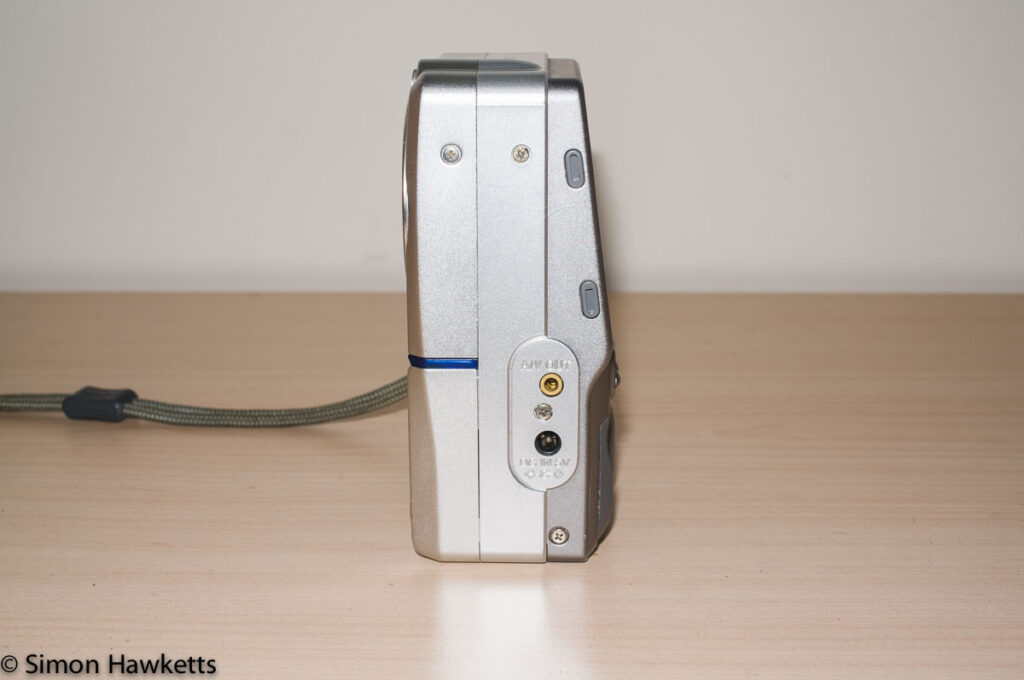

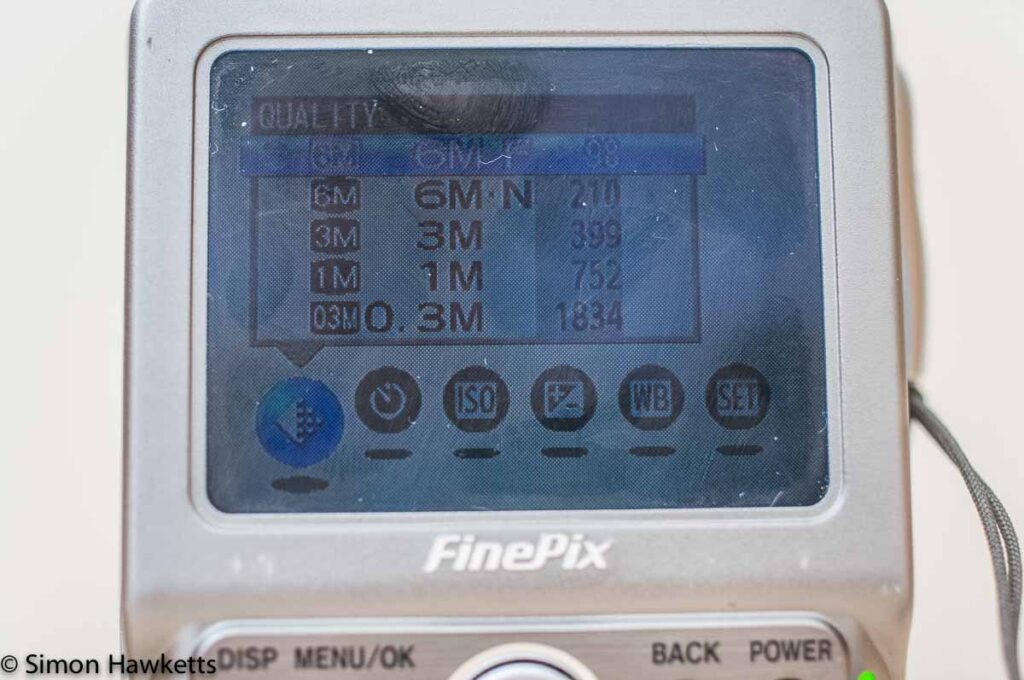
My FinePix M603 Camera
I bought this FinePix M603 camera from eBay simply because I'd bought a FinePix 4700 a few weeks ago and was quite impressed with the style of that camera. After a bit of research, I discovered that Fuji produced a whole series of this style of camera with portrait orientation, and over the course of the last few weeks I've been buying copies of several of the models.
Mostly these cameras have been sold as 'Parts or Spares' and that has generally been because the owners don't have batteries or chargers and therefore can't guarantee that the units are working. In the case of this particular unit, the seller said that the unit was working when they last used it about 4 years ago, but since the battery is flat, and they can't find the charger, it was sold as not working.
Since the price was pretty cheap, I decided to risk it and bought the unit for £10 including postage.
As an aside, this is actually a good time to buy vintage digital cameras if you are interested in collecting them. The market for vintage film cameras has got a bit out of hand lately, but digital is at the point where people are getting rid of them for very little money, and it's possible to pick up real bargains. I know the FinePix series are not super high quality - they are basically snapshot cameras, but for someone interested in collecting them, they are really cheap at the moment.
Anyway, back the the M603.
When the camera turned up, nicely packaged in a cardboard box with adequate packaging to protect it, I discovered that it was a neat little unit, quite clean, but with a completely flat battery. I first tried charging the battery with my UniPal universal charger, but found it was completely dead and wouldn't even register as a battery.
The battery is a type NP-60 and I don't have a copy of that, but I found that it is approximately the same as the battery used in my Ricoh GXR, which is a type DB-90.
The DB-90 is a little bit smaller, but I found with a couple of bits of cardboard cut and packed into the battery compartment with the battery so that the terminals make proper contact, the camera works fine.
With the battery issue sorted, I looked at the rest of the camera and I found it to be pretty good. There are no dents or knocks in the case brightwork, just a few superficial light scratches if you look really hard.
Unfortunately, the original cover which clips over the LCD to help in bright sunlight was not supplied, and the cradle to charge the battery is also missing - I guess you can't have everything for £10!
Fuji Finepix M603 Description
As I said in an earlier paragraph, Fuji made several Finepix models with the same portrait orientation as this M603 model. The first was, I believe, the MX-700 which was a 1.5 Mp unit,1 but by the time the M603 was produced in 2002, the sensor resolution had been raised to 3.3 Mp.
Although 3.3 Mp sounds quite low by today's standards, it is actually enough for most snapshot users to produce quite acceptable results in most circumstances - especially when the scene is well lit, like on a beach or by the pool.
The basic design of the camera is, as I've now said three time, of portrait orientation, by which I mean that the lens is at the top of the camera with controls on the side and back so that the camera is naturally held in portrait mode although the images taken are in landscape orientation.
The LCD which is used for composing the picture is fitted to the top of the camera in this design, making the Finepix M603 look a bit like the pocket televisions which were popular in the 1980s - I remember having a Casio LCD pocket TV which looked like this camera.
The battery is fitted under a panel on the front of the camera, which is removable via a small slide button on the bottom of the unit. Also on the bottom of the camera is a socket which mates with a desktop charging bay which was supplied in the kit when the camera was new.
Finepix M603 controls
The controls for the M603 are placed on the back and side of the unit.
On the back are a series of controls for selecting the main camera function - View Photos, Capture Photos and Capture Video; and then buttons for the menu, the power on/off, the display screen function and a four way rocker for navigation.
On the side are buttons for the flash operation and setting the camera to macro, and above those a slider for zoom and the shutter release button.
The memory cards are inserted in slots in the bottom of the camera hidden by a cover which slides away for access. Talking of memory cards, this camera can take two types: xD-PictureCard or Compact Flash. This is actually quite a common feature for early digital cameras - there were several different memory card formats around, and manufacturers covered more than one to increase their market.
Stand out Features of the Finepix M603
I'm not going to go through all the features of the Finepix M603; that would be both boring and pointless, since the manual is available online, and I've linked to it below.
Instead, I'm going to just cover some of the interesting aspects of the design which I like.
Style
So, did I mention that this camera design is in a portrait orientation? I rather think I did. For some reason which I'm not sure if I can really explain, I find this very visually appealing. Possibly because it is different from most other designs.
Another thing which I like about the design aspects of the camera is the protected lens cover, which automatically slides over the withdrawn lens when the camera turns off. This protects the lens from dust and marks in a way which obviates the need for the owner to remember to do anything, and is therefore better by design.
Finally, regarding style, the other thing which really appeals to me is the inclusion of the LCD screen to shade the screen in bright sunlight. That's a theoretical 'like' because I don't have the screen - I suppose the improvement would have been if Fuji could have made the screen inbuilt rather than a clip on attachment.
Operation
One operation which I found quite interesting is the option to set the image which appears on the screen after you have taken a shot to be a 'preview' image and give you the option to accept or reject it.
That would not really be of much use these days because memory cards are so big it's possible to store thousands of images and just use the best ones. At the time the camera was made, however, when a memory card might cost £50, being able to maximize the storage by not storing poor shots was a pretty good idea.
Fuji Finepix M603 digital camera sample photos and video
I took the M603 to the park this morning just to take some snapshots with it since the camera is designed as a family snapshot camera and the results I obtained are shown below.
The first thing I noticed once I'd returned and looked at the images is that there is a dust spot on the inside of the lens somewhere. It isn't very apparent from the still images, but is noticeable on the video sample I shot.
Because it comes and goes, this suggests that it's on the lens and is affected by the aperture setting - if it was on the sensor it would be visible all the time.
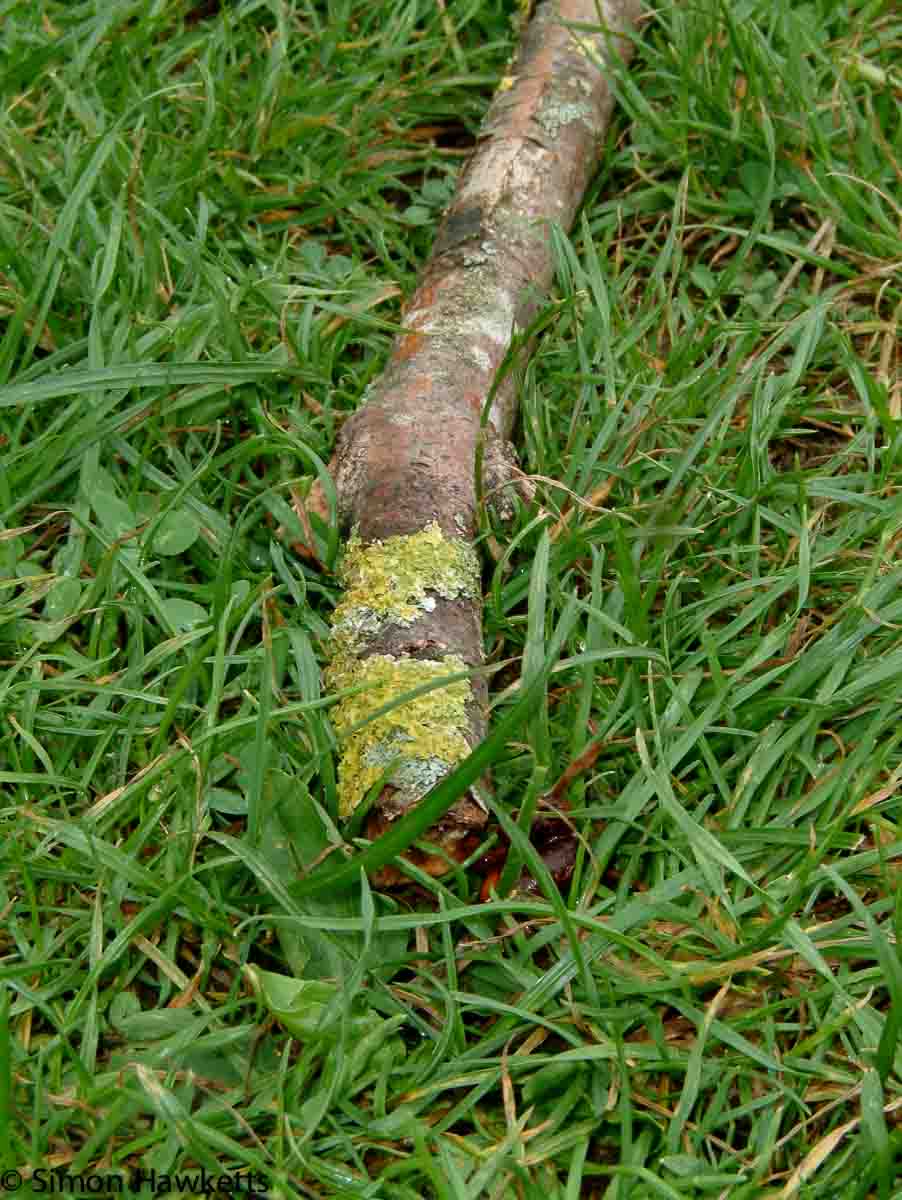
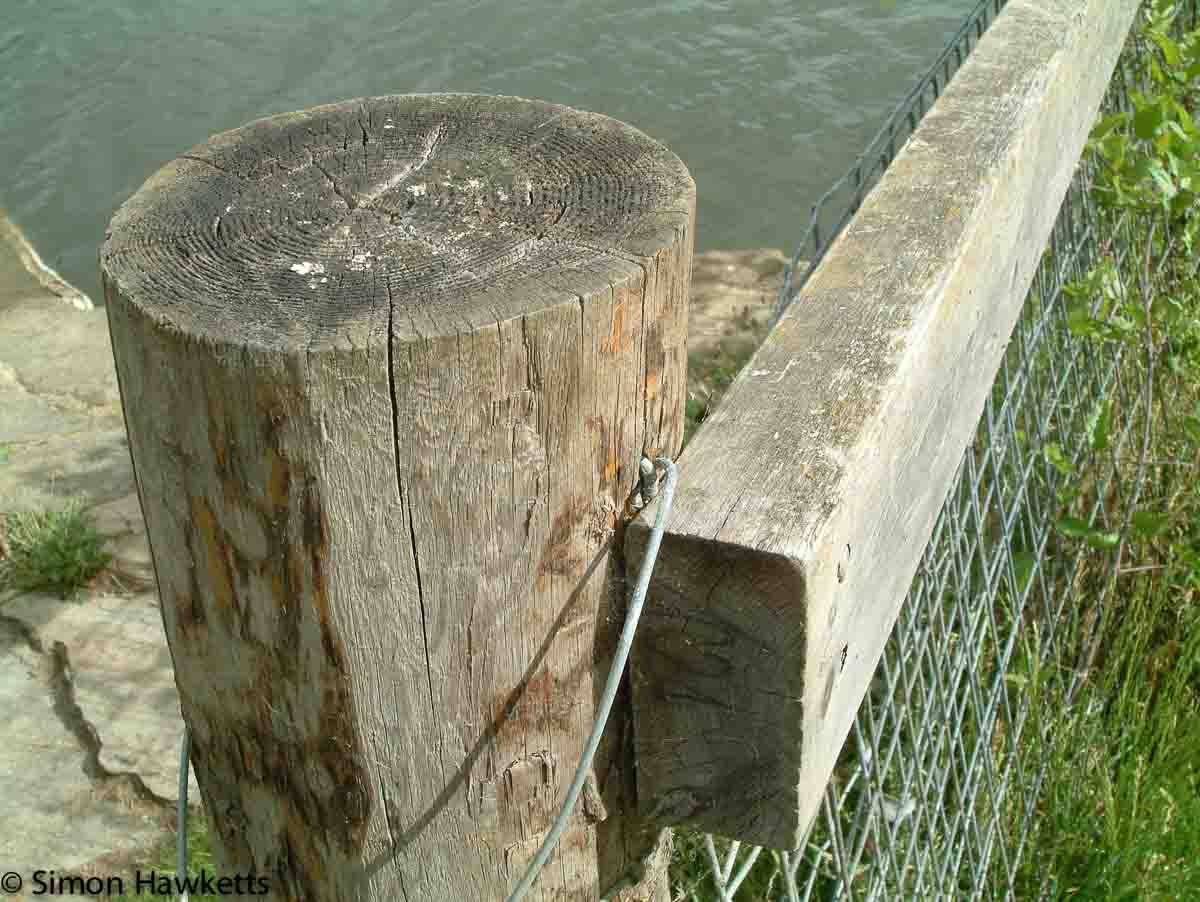




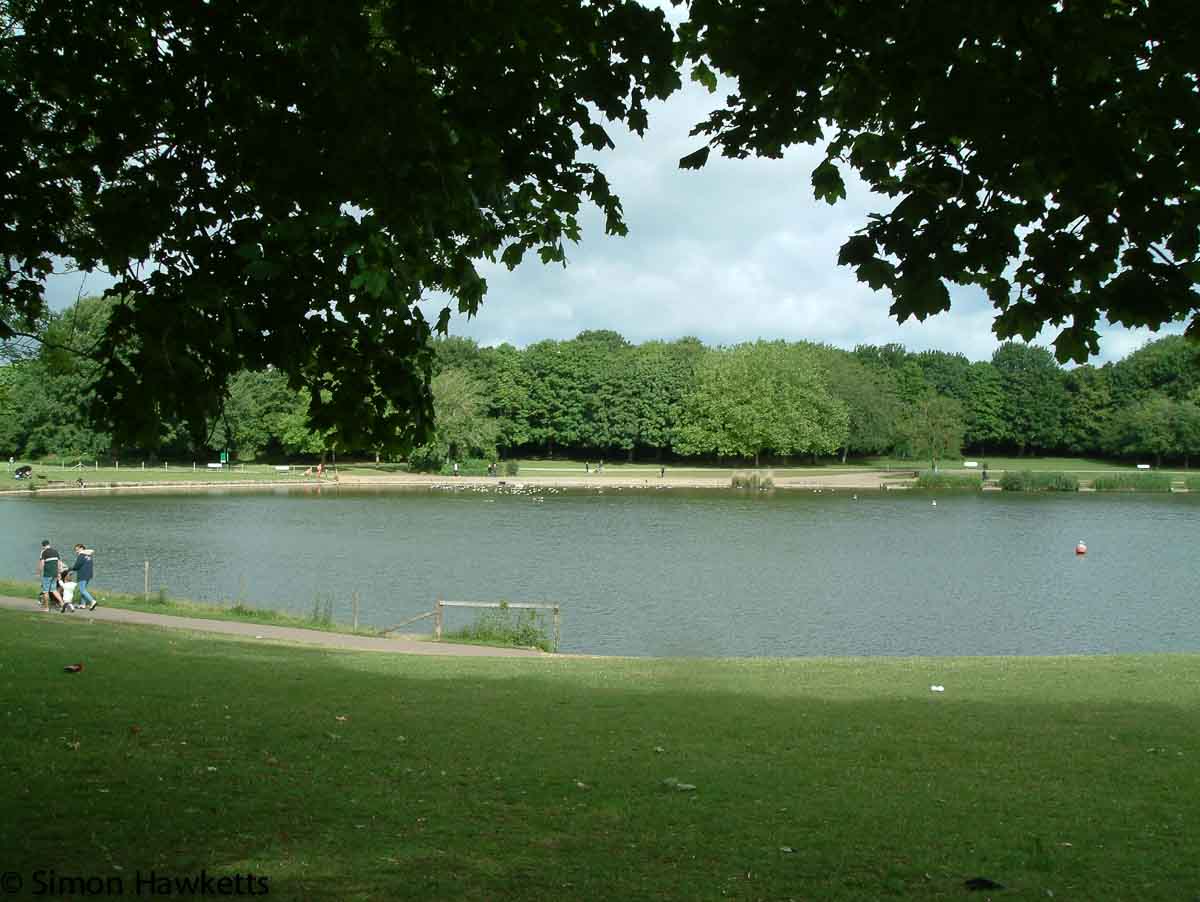




Impressions and Conclusions
It's easy enough to look at the images and video above and conclude that the Finepix M603 is a pretty poor performer, and when compared to a modern camera, or even the camera built into your smartphone that is probably true.
However, if the images are compared to cameras of a similar vintage, then it's not so clear-cut. I think the M603, in this type of comparison, is a capable performer with some interesting features and of quite interesting design.
When I walked around with it, I found the performance in particular was pretty good - it didn't take an age to record the images or video, and even without the LCD screen I found it reasonably easy to use in sunlight.
Fuji Finepix M603 Specifications
- Fuji Finepix M603 digital compact camera
- 1/1.7 inch 3.3 Mp Sensor giving 2832 x 2128 images
- 2 x optical zoom 38 - 76mm equivalent
- 30 sec voice recording facility
- 640 x 480 video at 30 fps
- Both Compact Flash and xD-Picture Card memory card
- NP-60 Lithium Ion battery but can use DB-90
- Auto exposure and Auto focus
- Retractable lens with integral cover
- Ser No: 24L25027
- Manual available online here.
- Which I have and will be reviewing soon [↩]
